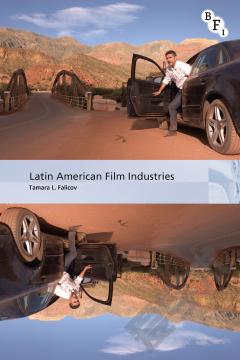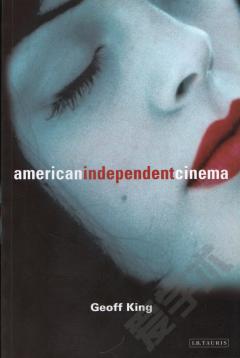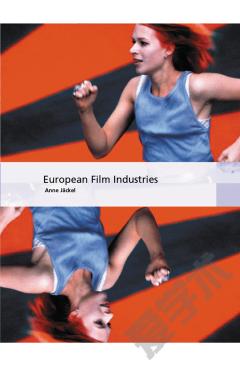Latin American Film Industries
Film production in Latin America is as old as cinema itself, but local film industries have always been in a triangulated relationship with Hollywood and European cinema. This book situates Latin American film industries within the global circulation of film production, exhibition and distribution, charting the changes that the industries have undergone from the sound era to the present day. Focusing in particular on Argentina, Brazil and Mexico, Tamara Falicov examines commonalities among Latin American film industries, such as the challenges of procuring funding, competition from Hollywood, state funding battles, and the fickle nature of audiences, as well as censorship issues, competition from television, and the transnational nature of Latin American film. She addresses production, exhibition, and distribution contexts and financing and co-production with Europe and the United States, as well as the role of film festivals in funding and circulating films both within and outside of Latin America. Newer trends such as the revival of protectionist measures like the screen quota are framed in contrast to the U.S.'s push for trade policy liberalization and issues of universal concern such as film piracy, and new technologies and the role of television in helping and hindering Latin American cinema.
{{comment.content}}








 京公网安备 11010802027623号
京公网安备 11010802027623号